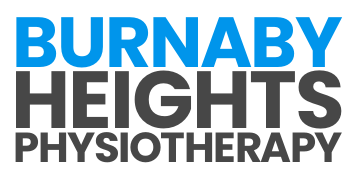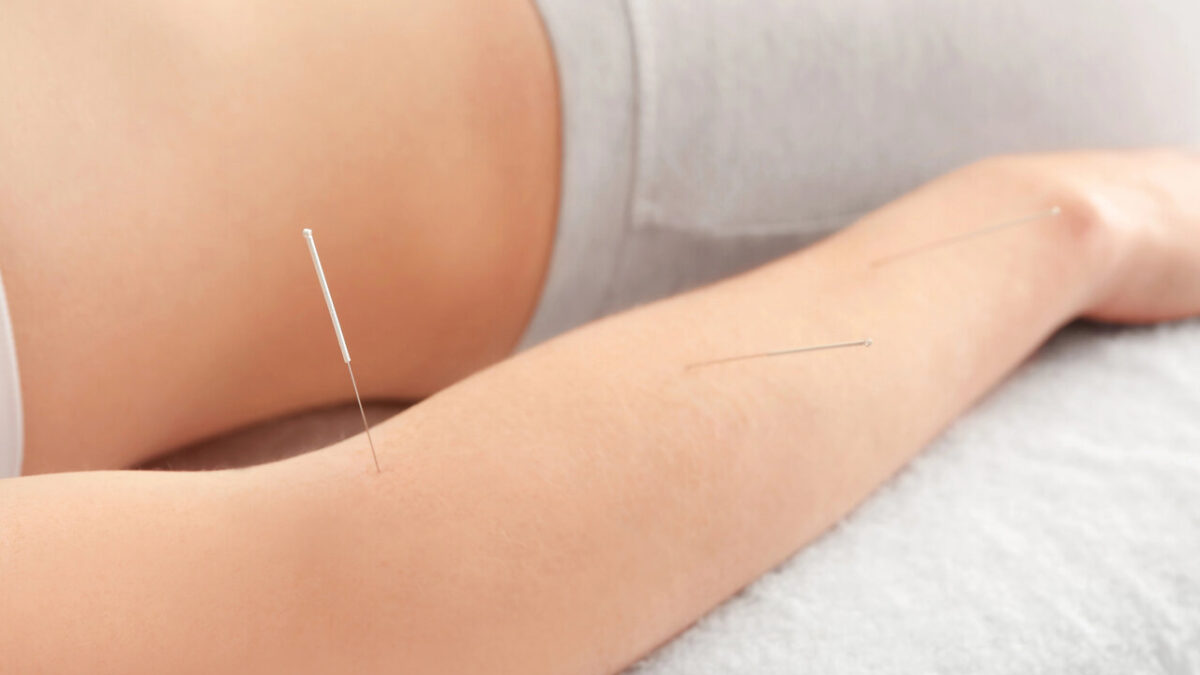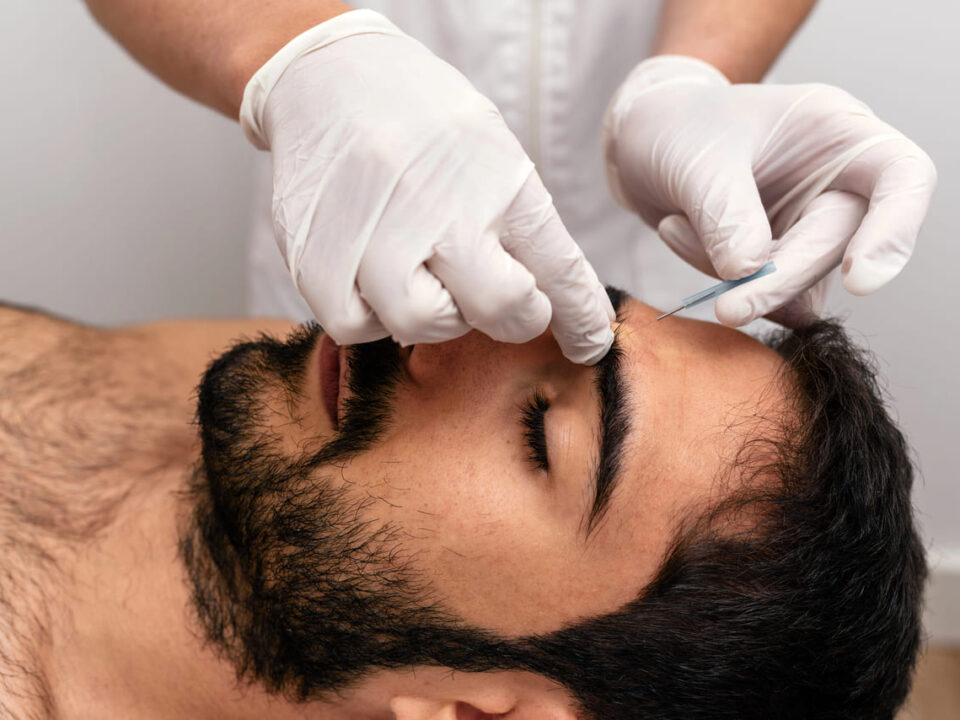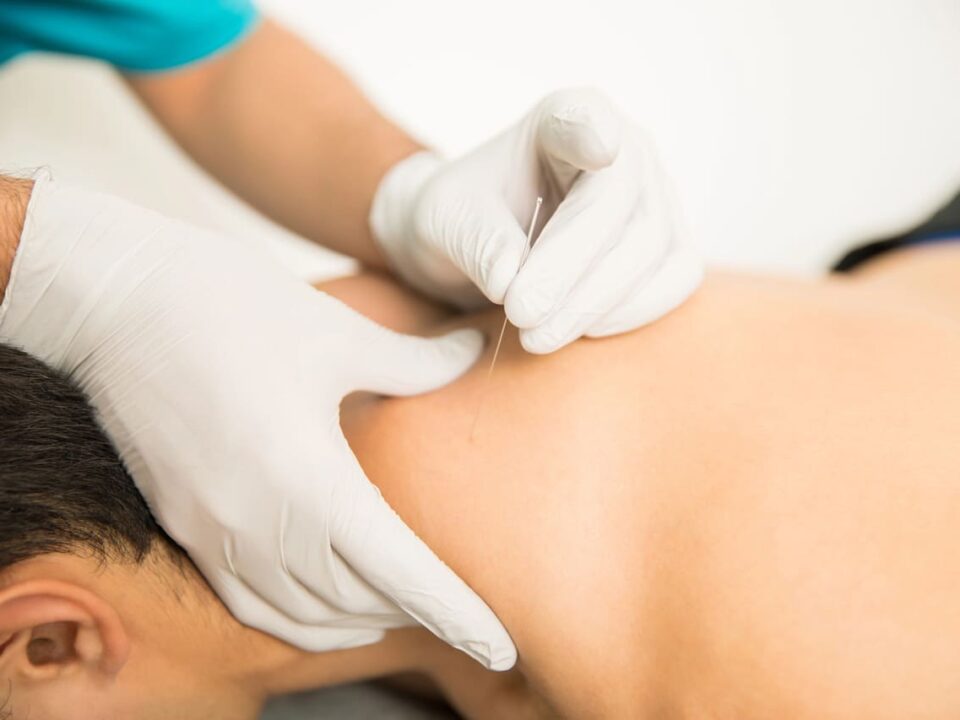
Your Guide to Recovery: How Physiotherapy Supports Post-Surgical Healing
January 10, 2025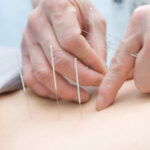
Targeted Pain Relief and Relaxation: How Acupuncture Helps the Body
February 3, 2025Tennis elbow can make even the simplest tasks challenging, from lifting a cup to typing at a desk. While commonly associated with athletes, this condition affects anyone engaged in repetitive arm movements. Acupuncture has gained recognition as an effective, non-invasive treatment for relieving pain and supporting recovery. In this blog, we’ll explore how acupuncture can help manage tennis elbow, its benefits, treatment expectations, and strategies for long-term relief.
Understanding Tennis Elbow
Tennis elbow is a condition caused by repetitive strain or overuse of the forearm muscles and tendons, resulting in pain and inflammation on the outer part of the elbow. Despite its name, tennis elbow is not limited to tennis players; it can affect anyone who engages in repetitive arm movements, such as typing, painting, or using tools.
The condition often develops due to repetitive motions that strain the tendons connecting the forearm muscles to the elbow. Improper techniques in sports or manual activities can amplify this strain, increasing the likelihood of injury. Over time, the repeated stress can cause small tears in the tendons, which lead to inflammation and pain. Common symptoms include sharp or burning pain on the outer elbow, a weakened grip, and discomfort during tasks such as lifting objects or shaking hands.
How Acupuncture Benefits Acupuncture Treatment
Acupuncture is a natural and minimally invasive treatment that offers several benefits for managing tennis elbow. Here’s how it helps:
- Pain Relief: Acupuncture stimulates the body’s natural painkillers, such as endorphins, and improves blood flow to the affected area, reducing inflammation and pain.
- Reduced Inflammation: The insertion of fine needles promotes the release of anti-inflammatory substances, helping to calm the affected tendons.
- Improved Healing: Acupuncture enhances circulation in the forearm and elbow, delivering oxygen and nutrients to speed up tissue repair.
- Relaxation of Tight Muscles: It alleviates tension in the forearm muscles, which can contribute to tennis elbow symptoms.
- Non-Invasive and Drug-Free: Acupuncture provides an alternative to medications or invasive procedures, making it a preferred choice for individuals seeking holistic care.
Acupuncture not only addresses the symptoms of tennis elbow but also helps resolve underlying imbalances that may contribute to the condition.
How Many Acupuncture Sessions Are Typically Needed for Tennis Elbow?
The number of acupuncture sessions required for tennis elbow depends on the severity of the condition and how an individual responds to treatment. For mild cases, relief may be achieved within four to six sessions, particularly if the condition is addressed early. Moderate to severe cases, where symptoms are more pronounced or have been present for a longer time, may require eight to twelve sessions to see significant improvement. For chronic or long-standing cases, ongoing maintenance sessions may be necessary to manage symptoms and prevent recurrence.
Typically, acupuncture sessions are scheduled once or twice a week in the initial stages. As progress is made, the frequency can be adjusted to suit the individual’s recovery timeline. A practitioner will evaluate the condition during each session to tailor the treatment plan, ensuring the best possible results.
Managing Chronic Tennis Elbow Pain: The Role of Acupuncture
Acupuncture is effective for managing chronic tennis elbow pain. Chronic cases often involve lingering inflammation, muscle tightness, and poor circulation, all of which acupuncture can address. In addition to providing pain relief, acupuncture helps:
- Stimulate Tissue Repair: Even in chronic cases, acupuncture promotes blood flow and encourages the body’s natural healing processes.
- Improve Range of Motion: Chronic pain can lead to stiffness and limited mobility, which acupuncture can help alleviate.
- Reduce Reliance on Medications: Many people with chronic pain seek acupuncture to reduce their dependence on pain medications.
Individuals with chronic tennis elbow often notice gradual but lasting improvements in pain levels, function, and overall quality of life with regular acupuncture treatments.
Possible Side Effects of Using Acupuncture for Tennis Elbow
Acupuncture is a safe and minimally invasive treatment, but like any medical intervention, it may have some mild side effects. These are generally short-lived and include:
- Soreness or Bruising: Some individuals may experience minor soreness or bruising at the needle insertion sites, which typically resolves within a day or two.
- Temporary Fatigue: After a session, some people feel relaxed or slightly fatigued, which is a natural response as the body adjusts.
- Mild Dizziness: Rarely, people might feel lightheaded immediately after treatment, especially if they are dehydrated or have not eaten beforehand.
Serious side effects are extremely rare when acupuncture is performed by a trained and licensed practitioner. Before beginning treatment, your practitioner will discuss your medical history to ensure acupuncture is a safe and effective option for you.
Is Acupuncture a Long-Term Solution for Tennis Elbow?
Acupuncture can serve as an effective part of a long-term solution for tennis elbow by addressing both symptoms and underlying causes. While it provides immediate relief for pain, inflammation, and muscle tension, its long-term success often depends on incorporating complementary strategies. Acupuncture works by targeting the root issues contributing to tennis elbow, such as poor circulation, muscle tension, or stress, which can exacerbate the condition. By promoting tissue repair and enhancing the body’s natural healing processes, acupuncture helps reduce the risk of recurrence.
In addition to acupuncture, pairing treatment with lifestyle changes can enhance long-term outcomes. Strategies like physiotherapy, ergonomic adjustments, and activity modifications support sustained recovery. For individuals with recurring symptoms, periodic maintenance sessions may be helpful, but a holistic approach that includes strengthening exercises and proper movement techniques is essential to prevent future issues.
Activities to Avoid With Tennis Elbow
To prevent further strain on the affected tendons and support the healing process, it’s important to avoid certain activities when dealing with tennis elbow. These include:
- Repetitive Arm Motions: Activities like typing, gripping tools, or playing sports that involve repetitive arm movements should be minimized.
- Heavy Lifting: Lifting heavy objects, particularly with the affected arm, can exacerbate pain and delay recovery.
- Tight Gripping: Actions such as shaking hands or using handheld tools with a tight grip put additional stress on the forearm tendons.
- Improper Techniques: Whether in sports or daily tasks, improper techniques can worsen the strain on your tendons. Seek guidance on ergonomics or proper form to avoid further damage.
Your practitioner may provide tailored advice on activities to avoid and offer modifications to reduce strain on the affected area.
Enhanced Mobility Starts Here
Acupuncture is a natural and effective treatment option for managing tennis elbow, offering pain relief, reduced inflammation, and improved mobility. Whether you’re dealing with acute discomfort or chronic pain, acupuncture can be part of a comprehensive solution to help you recover and regain function. At Burnaby Heights Physiotherapy, our experienced practitioners are here to guide you on your journey to recovery. Book your session today and experience the benefits of acupuncture tailored to your needs.


